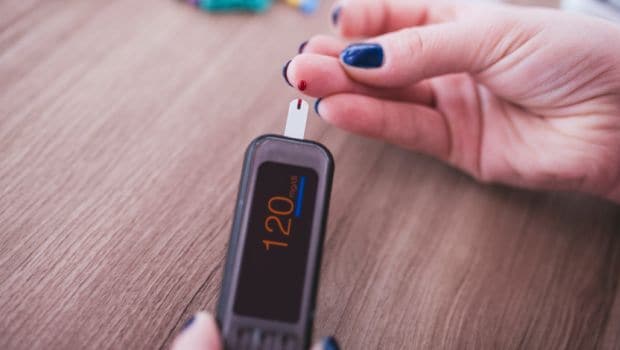Proteins Can Warn of Diabetes Risk in Children

Certain proteins in the blood of children have the potential to predict the development of Type 1 diabetes even before the first symptoms appear, a study has found.
The researchers studied children who have a first-degree relative with Type 1 diabetes and who consequently have an increased risk of developing the disease due to the familial predisposition.
Scientists, from Helmholtz Zentrum Munchen in Germany, analysed blood samples from 30 children with auto-antibodies who had developed Type 1 diabetes either very rapidly or with a very long delay.
They then compared it with children who displayed neither auto-antibodies nor diabetes symptoms.
In auto-antibody-positive children, it was possible to reach a better estimate of the speed of the diabetes development using the peptide concentrations of three proteins in combination with the age of the particular child.
The researchers are confident that the protein signatures they have discovered will be helpful as bio markers for future diagnostics.
If these clinical symptoms will appear quickly, it could significantly improve the treatment of patients at-risk, the researchers said.
“The progression of Type 1 diabetes into a clinical disease takes place over a period of time that varies from individual to individual and that at this time is insufficiently predictable,” said Anette-G. Ziegler, Director of the Institute of Diabetes Research (IDF) at the Helmholtz Zentrum Munchen in Germany.
“The biomarkers that we have identified allow a more precise classification of this pre-symptomatic stage and they are relatively simple to acquire from blood samples,” he added.
The results were published in the journal Diabetologia.
[“source-ndtv”]
